The Columbia River Gorge is basically nature’s greatest hits album when it comes to waterfalls. While everyone knows about Multnomah Falls and its postcard-perfect 620-foot drop, the real magic happens when you venture off the beaten path.
These lesser-known cascades offer the same jaw-dropping beauty without the crowds, parking hassles, or someone’s selfie stick accidentally photobombing your peaceful moment. Think of the Columbia Gorge as a giant outdoor museum where each waterfall has its own personality and story.
Here is a list of 15 hidden waterfalls that most visitors never discover, each offering its own slice of Pacific Northwest paradise.
Wahkeena Falls
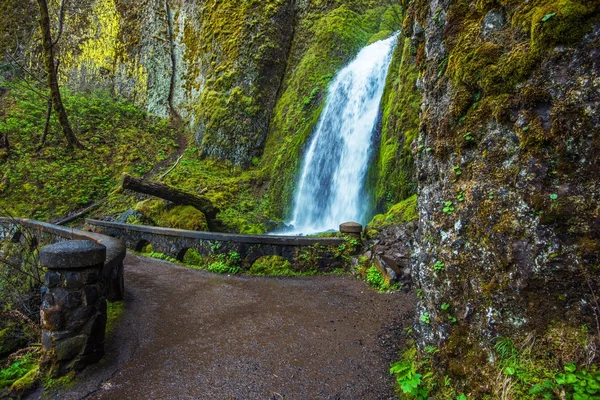
Wahkeena Falls drops 242 feet through a series of cascades that look like nature’s own spiral staircase. The name means ‘most beautiful’ in the Yakama language, and honestly, they weren’t exaggerating. The trail to reach it winds through old-growth forests where Douglas firs tower overhead like ancient skyscrapers.
What makes this waterfall special is how it changes personality throughout the year – roaring and powerful during spring snowmelt, then settling into a gentle whisper by late summer.
Fairy Falls
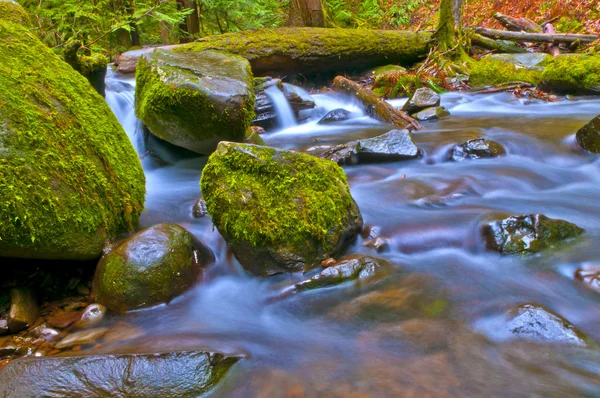
Don’t let the whimsical name fool you – Fairy Falls packs a serious punch with its 30-foot plunge into a crystal-clear pool. The hike requires crossing Wahkeena Creek on a few makeshift logs, which adds just enough adventure to make you feel like you’ve earned the view.
The waterfall sits in a natural amphitheater of moss-covered rocks that stays cool even on the hottest summer days. It’s the kind of place where you half-expect to see woodland creatures having a Disney moment.
Like Travel Pug’s content? Follow us on MSN.
Shepperd’s Dell Falls
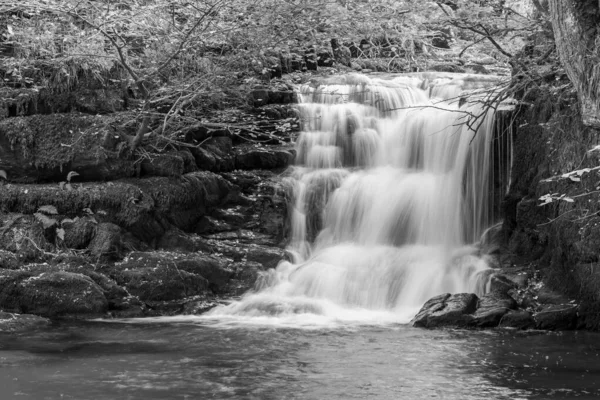
This 35-foot waterfall sits right next to the Historic Columbia River Highway, making it one of the most accessible ‘hidden’ falls in the gorge. The stone bridge above creates a perfect frame for photos, and the small pool below reflects the surrounding basalt cliffs like a natural mirror.
What’s remarkable is how this waterfall manages to feel secluded despite being so close to the road. The sound of rushing water drowns out any traffic noise, creating a peaceful bubble where time seems to slow down.
Bridal Veil Falls
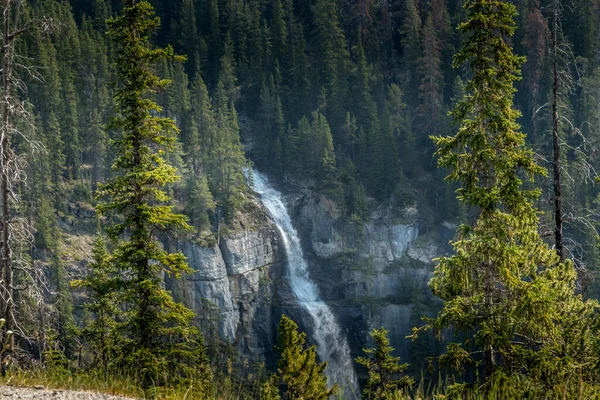
Bridal Veil Falls earned its name from the way the water spreads out like delicate lace as it tumbles 120 feet down the cliff face. The viewing platform offers a front-row seat to this natural spectacle, and the trail is paved and wheelchair accessible.
The mist from the falls creates its own microclimate, supporting rare plants and keeping the area several degrees cooler than the surrounding forest. During winter, the waterfall sometimes freezes into elaborate ice sculptures that look like something from a fairy tale.
Coopey Falls
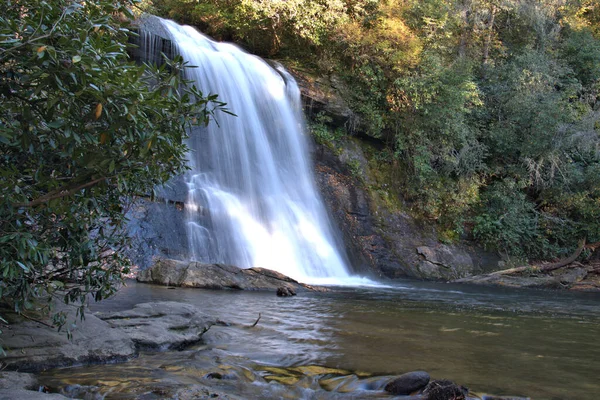
Coopey Falls is the definition of a hidden gem – tucked away in a narrow canyon where sunlight filters through the canopy in golden shafts. The 175-foot waterfall drops in two main tiers, with the upper falls being the real showstopper. The trail to reach it involves some scrambling over rocks and fallen logs, which keeps most casual hikers away.
The payoff is having this magnificent waterfall almost entirely to yourself, plus the satisfaction of working a bit for the reward.
Like Travel Pug’s content? Follow us on MSN.
Elowah Falls
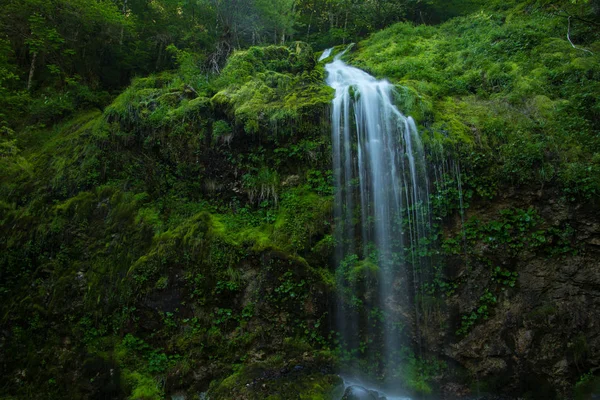
Standing 289 feet tall, Elowah Falls is like the Columbia Gorge’s best-kept secret hiding in plain sight. The waterfall plunges straight down a sheer basalt cliff, creating a thunderous roar that you can hear long before you see it. The trail winds through a forest so lush it feels like stepping into a nature documentary.
What makes Elowah special is how the falling water creates its own wind system, sending cooling mist in all directions and supporting a garden of ferns and moss on the surrounding rocks.
Ponytail Falls
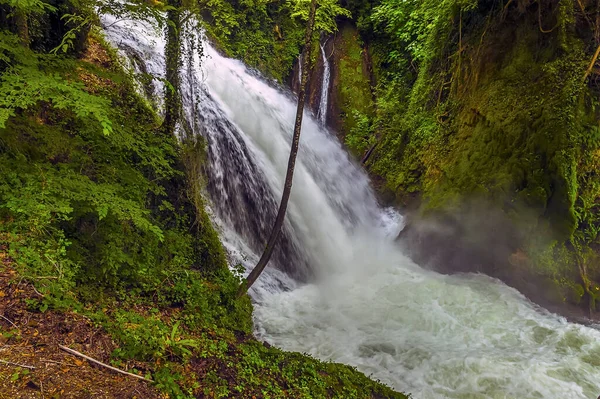
Ponytail Falls might be the most Instagram-worthy waterfall that nobody talks about. The 100-foot cascade drops from an overhanging cliff, creating a natural cave behind the falling water where you can actually walk. It’s like having your own private waterfall theater, complete with a curtain of water and surround sound.
The trail is relatively short but steep, winding through a forest of maple and alder trees that put on a spectacular show during fall colors.
Tunnel Falls
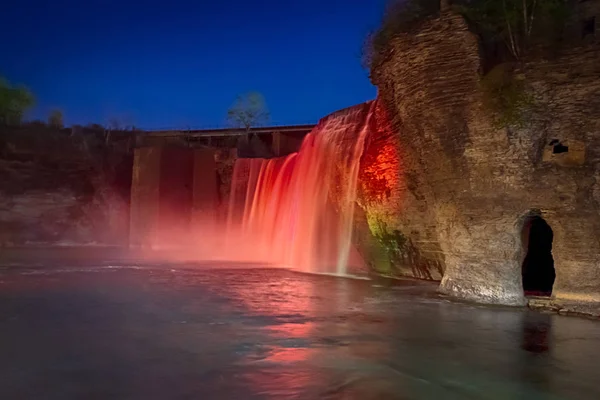
Getting to Tunnel Falls feels like embarking on a mini-adventure novel. The trail passes through a hand-carved tunnel behind the 175-foot waterfall, giving you a behind-the-scenes look at how water has shaped the landscape over thousands of years.
The tunnel was blasted through solid rock in the 1910s, and walking through it while water crashes down just feet away is both thrilling and slightly nerve-wracking. The views from both sides of the tunnel showcase the waterfall from completely different perspectives.
Like Travel Pug’s content? Follow us on MSN.
Wiesendanger Falls
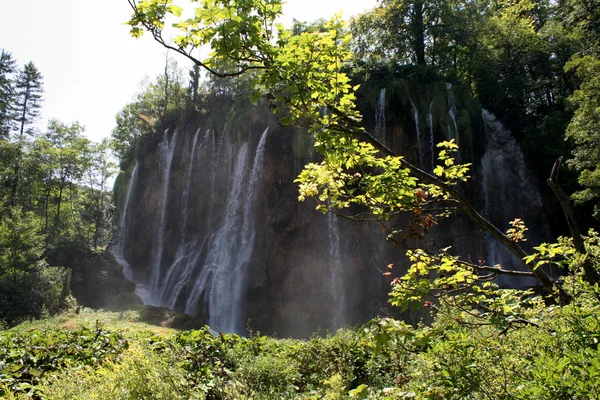
Weisendanger Falls is actually a series of cascades that drop a total of 60 feet through a narrow rocky channel. The waterfall sits partway up the trail to Multnomah Falls, but most people are so focused on the main attraction that they walk right past this beauty.
The name comes from an early photographer who captured some of the first images of the Columbia Gorge waterfalls. The multiple tiers create a staircase effect that’s particularly dramatic during high water periods in late spring.
Necktie Falls
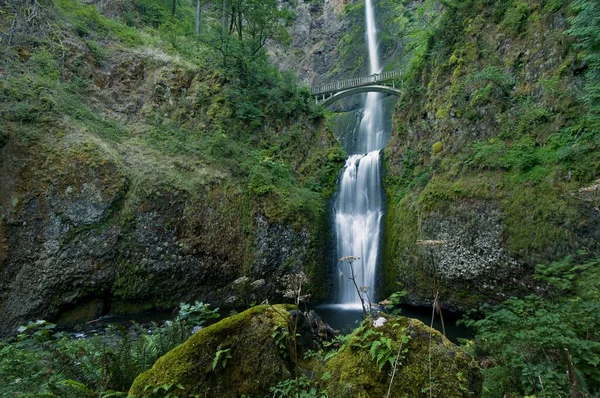
Necktie Falls gets its name from the distinctive way the water narrows to a thin ribbon before widening again at the bottom. The 60-foot waterfall sits in a narrow alcove carved into the basalt cliff, creating an intimate viewing experience. The trail requires some careful navigation over slippery rocks, but the reward is worth the extra caution.
What makes this waterfall unique is how the light plays on the water at different times of day, creating rainbow effects in the mist.
Wahclella Falls
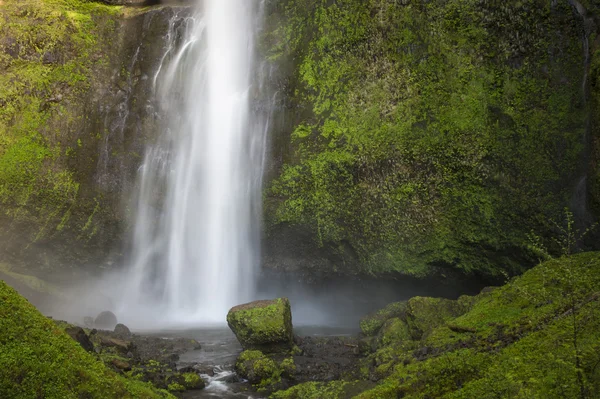
Wahclella Falls combines two separate waterfalls into one spectacular display, with the main drop being about 60 feet and a smaller cascade joining from the side. The trail follows Tanner Creek through a forest that feels like stepping back in time, with old-growth trees and moss-covered everything.
The waterfall sits in a natural bowl carved by thousands of years of flowing water. The pool at the base is deep enough for a quick dip if you’re brave enough to handle the mountain-cold water.
Like Travel Pug’s content? Follow us on MSN.
Starvation Creek Falls
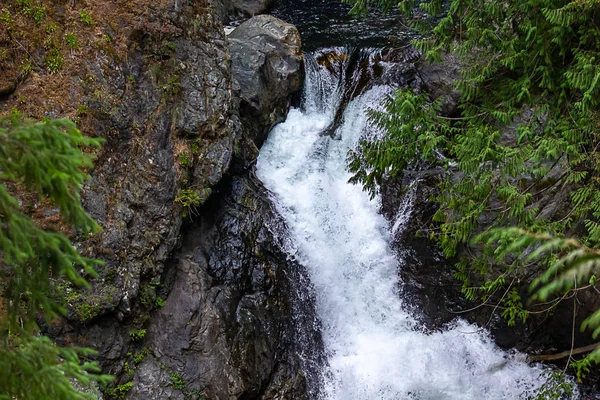
Starvation Creek Falls drops 186 feet in a series of cascades that are visible from the interstate, but most drivers are too busy navigating the curves to notice. The waterfall got its dramatic name from a group of train passengers who were stranded here during a severe winter storm in 1884.
The short trail leads to a viewing area where you can appreciate the full height of the falls. The water volume varies dramatically with the seasons, creating completely different experiences depending on when you visit.
Cabin Creek Falls
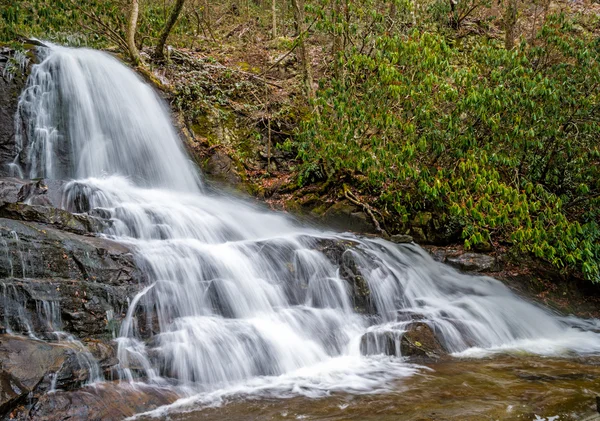
Cabin Creek Falls is the kind of waterfall that makes you feel like you’ve discovered something that belongs in a nature documentary. The 175-foot cascade drops through a narrow slot in the rock, creating a curtain of water that’s particularly impressive during spring runoff.
The trail involves some creek crossing and rock scrambling, which adds to the adventure factor. The waterfall sits in a secluded canyon where the only sounds are rushing water and the occasional call of a hawk circling overhead.
Munra Falls
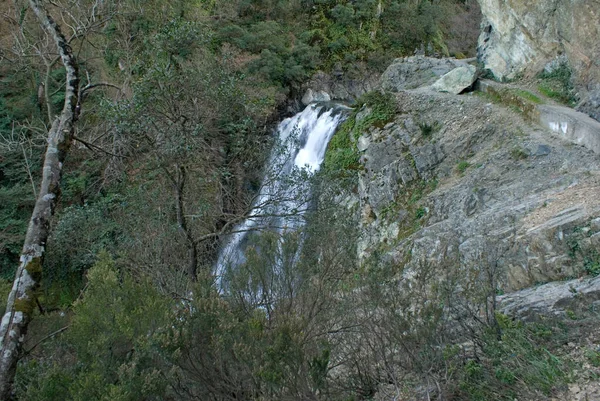
Munra Falls is actually a series of cascades that drop about 266 feet through a narrow canyon lined with moss and ferns. The waterfall requires a bit more effort to reach, involving some off-trail navigation and creek crossings. The payoff is having this magnificent waterfall almost entirely to yourself, plus the satisfaction of earning the view through a bit of adventure.
The falls are particularly spectacular in late spring when snowmelt swells the creek to its maximum volume.
Like Travel Pug’s content? Follow us on MSN.
Multnomah Creek Falls
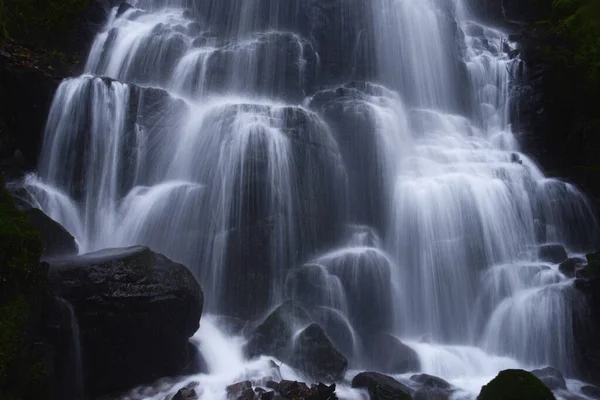
Not to be confused with the famous Multnomah Falls, this lesser-known cascade sits upstream from its famous cousin. The 60-foot waterfall drops through a series of pools and cascades that create a natural water park in the forest. The trail requires crossing the creek several times, which keeps most visitors focused on the main attraction downstream.
What makes this waterfall special is how the water has carved smooth channels through the bedrock, creating natural slides and pools that have been polished by centuries of flowing water.
Nature’s Timeless Theater
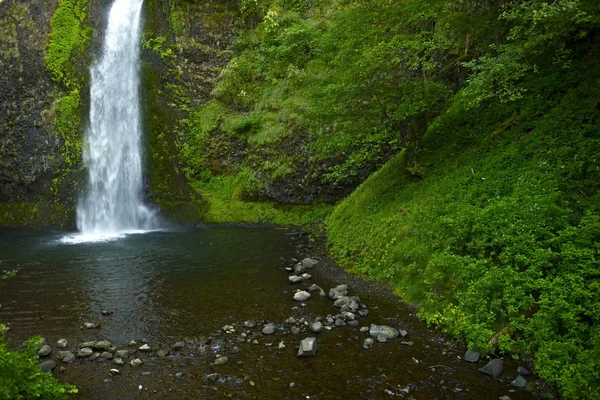
These hidden waterfalls represent the same geological forces that created the Columbia Gorge’s famous attractions but without the crowds and commercialization. Each cascade tells a story of ice age floods, volcanic activity, and the patient work of flowing water over thousands of years.
Today, these natural wonders continue to evolve and change, offering visitors a chance to witness the same forces that shaped the Pacific Northwest landscape. The real magic lies not just in their beauty, but in how they connect us to the ongoing story of this remarkable region.
More from Travel Pug

- 20 Best Beach Towns in the Carolinas
- 13 Destinations Where Tourists Regularly Regret Their Trip
- 20 Things You Actually Get in First Class
- 20 Small Airports With Aviation Museums
- 20 Places in the U.S. That Are Perfect for a Reset Trip
Like Travel Pug’s content? Follow us on MSN.
